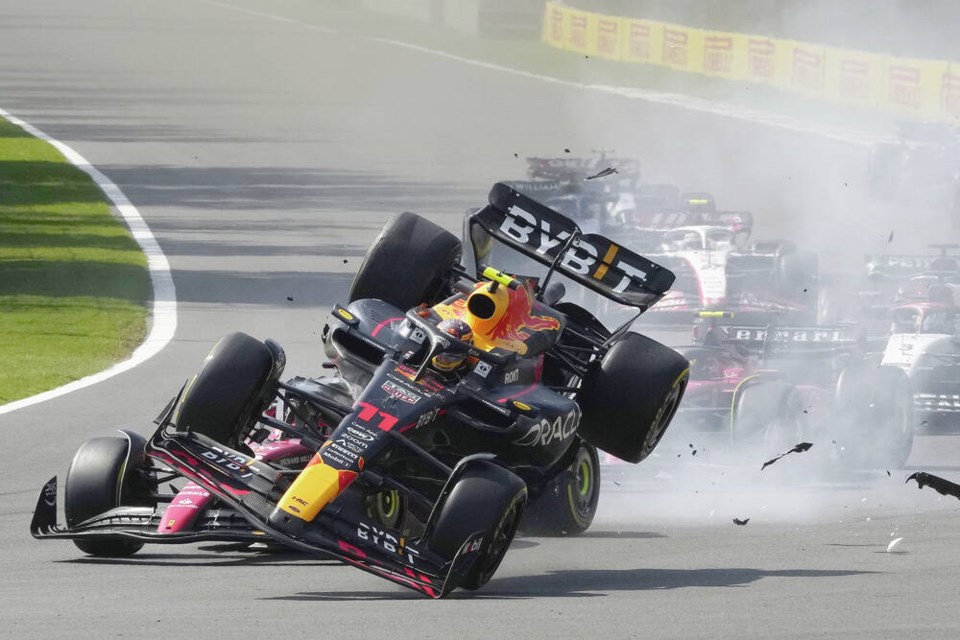Taking risks is part of human behaviour. It’s acceptable in those times when it leads to self-improvement, building confidence, learning something new about yourself, creating a new opportunity or making you more resilient.
Where we don’t want risk-taking is on our roads. So why is it normal for so many drivers out there? There are a few reasons.
For a few drivers, there’s a desire for reward. If they can make that light and save 30 seconds on their journey they feel better — for a while — that is until they reach the next light and have to wait like the rest of us. It’s when running those late yellow lights turns into running reds that others start paying the price.
Overconfidence in your ability as a driver is a big factor, especially in younger drivers. One of the most dangerous times for a young driver is that period of three months to a year after they have obtained their licence. The physical skills to operate a car have developed but the life experiences about danger haven’t caught up. If you’ve never hit black ice or failed to take a sharp corner, you have no experience to fall back on. A 2012 Corolla can’t corner or brake like a Formula 1 Ferrari and sadly too many young people find this out the hard way.
Thanks to the social media revolution, we live in a culture of immaturity. Ridiculous risk-taking behaviour is normalized by attention seeking “influencers” trying for the next great shocking stunt. In the digital world, there are no consequences — save for clicking “Watch Again.” In real life, this unfortunately plays out in lots of driving scenarios like stunting, burning out and street racing.
Experienced drivers have their issues as well, although in these cases, it’s more about entitlement and indifference. I’m right on your bumper because wherever you’re going is a lot less important than where I’m going. “Rule disagreers” also fall into this category — the ones who’ll tell you they’re so good they can drive 20 to 30 kms over the limit without being a danger.
Complacency is often at the root of risky driving behaviour. I watched a trades guy wheel into a strip mall parking lot the other day, no seatbelt on and cellphone firmly planted against his ear. It’s just another day at work and ordering those extra bags of cement, as he whipped into Subway for lunch. That’s way more important than watching for the five or 10 other cars moving around the parking lot.
Finally, we live in a world of time, impatience and money. Road safety rules get in the way of all of that. Everyone now must be “there” quicker than ever because they’re on the clock, or they have a “no-time” lifestyle. Rules are ignored because I just need to get there.
It’s also much easier to take risks when your sensitivity to hazards is lessened by complacency. At its worst, complacency becomes “unconscious incompetence” where there is little if any actual thought given to the task you’re doing, like driving. “I do this all time. What’s the problem?” That type of mindset is often the least likely to spot and react to a hazard on the road.
To me, this is why so many overpasses in the lower mainland were struck by large commercial vehicles. Drivers failed to take the simplest of steps to ensure their loads are either properly secured or know the actual height of the vehicle they are driving.
In the end, risk is a combination of personality traits, gaps in awareness and factors occurring in the moment which lead to ignoring rules. Public education, targeted high profile interventions along with a willingness for all of us to raise our own bar when we’re driving can reduce risks on the road.
Glove Box: Rob emailed last week and made a good point about safety equipment in your vehicle. Breakdowns or crashes never occur around the corner from your repair shop. They happen on lonely roads or late at night in areas without cell signal. So having even some minimal preparation is really important. Do you have a tire jack? Do you even know where it is in your vehicle? Have you checked it in the past two years? For that matter, does your vehicle even carry a spare tire? Not all vehicles do nowadays.
There’s all kinds of suggestions from road safety experts but here’s the basic list: flashlight; energy bars; aerosol tire sealant; jumper cables; emergency road triangle or flares; small shovel; seatbelt cutter; blanket and; comfortable backup shoes. There’s always more to add, but these items will fit into a sports bag which is easily tucked away in the trunk.



